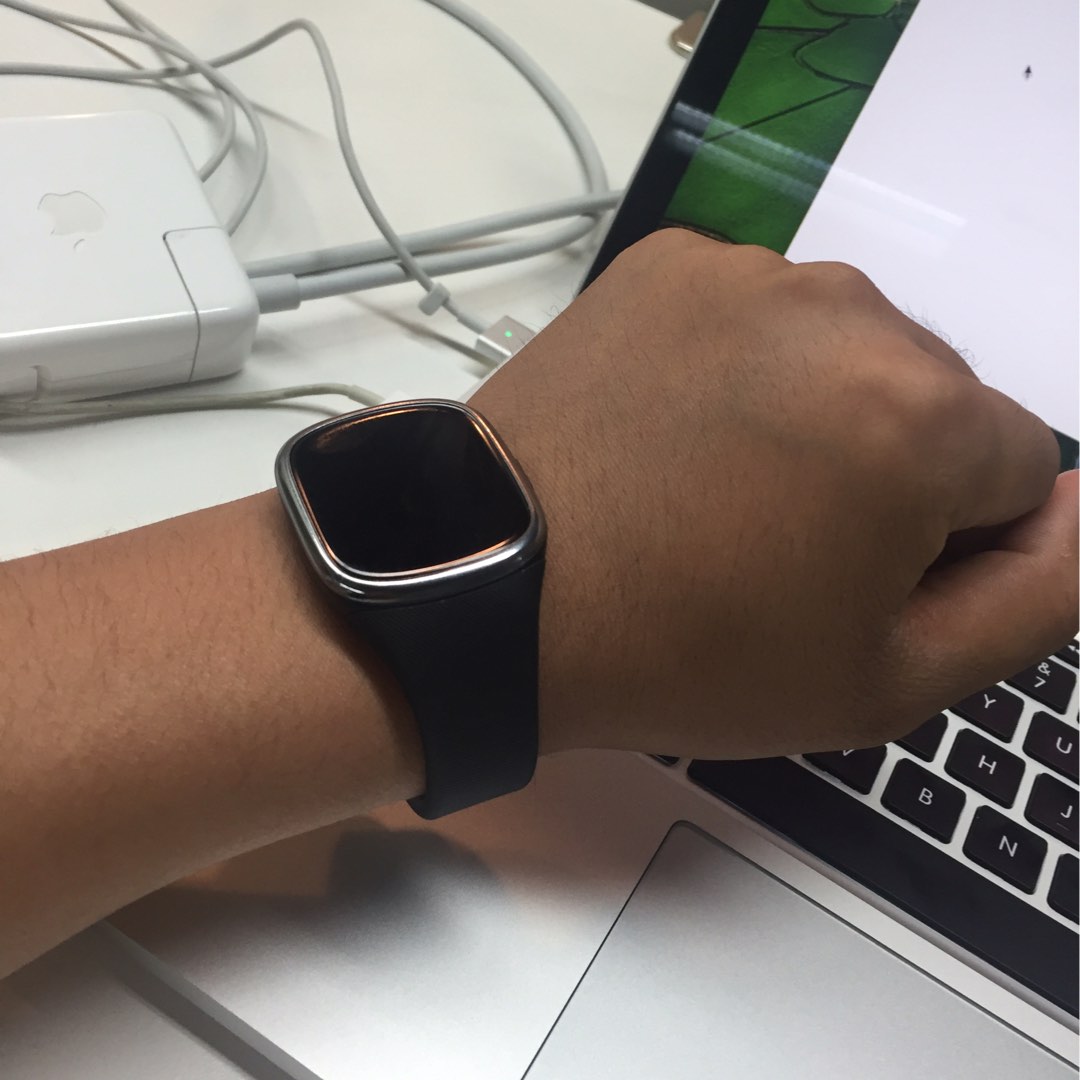一个 R ggplot2 图中的多个数据点
我有两组数据点,它们都与相同的主轴相关,但次轴不同。有没有办法使用 ggplot2 在 R 中将它们绘制在彼此之上?
我正在寻找的基本上是这样的:(
4+ |
| x . + 220
3+ . . |
| x |
2+ . + 210
| x |
1+ . x x |
| + 200
0+-+-+-+-+-+-+
time
. temperatur
x car sale
这只是可能数据的示例)
I have two sets of data points that both relate to the same primary axis, but who differ in secondary axis. Is there some way to plot them on top of each other in R using ggplot2?
What I am looking for is basically something that looks like this:
4+ |
| x . + 220
3+ . . |
| x |
2+ . + 210
| x |
1+ . x x |
| + 200
0+-+-+-+-+-+-+
time
. temperatur
x car sale
(This is just a example of possible data)
如果你对这篇内容有疑问,欢迎到本站社区发帖提问 参与讨论,获取更多帮助,或者扫码二维码加入 Web 技术交流群。

绑定邮箱获取回复消息
由于您还没有绑定你的真实邮箱,如果其他用户或者作者回复了您的评论,将不能在第一时间通知您!


发布评论
评论(2)
Shane 的回答“你不能在 ggplot2 中”是正确的,尽管不完整。可以说,这不是您想要做的事情。您如何决定如何缩放 Y 轴?您希望线条的均值相同吗?范围?没有原则性的方法来做到这一点,而且很容易让结果看起来像你想要的任何东西。相反,您可能想要做的就是规范两行数据,尤其是在这样的时间序列中,以便在特定的 t 值(通常为 min(t))下,Y1 = Y2 = 100。这是一个示例我退出了 Bonddad 博客 (不使用 ggplot2,这就是它丑陋的原因!)但是您可以清楚地看出两条线的相对增加和减少,它们具有完全不同的基础比例。
Shane's answer, "you can't in ggplot2," is correct, if incomplete. Arguably, it's not something you want to do. How do you decide how to scale the Y axis? Do you want the means of the lines to be the same? The range? There's no principled way of doing it, and it's too easy to make the results look like anything you want them to look like. Instead, what you might want to do, especially in a time-series like that, is to norm the two lines of data so that at a particular value of t, often min(t), Y1 = Y2 = 100. Here's an example I pulled off of the Bonddad Blog (not using ggplot2, which is why it's ugly!) But you can cleanly tell the relative increase and decrease of the two lines, which have completely different underlying scales.
我不是这方面的专家,但据我了解,这对于lattice是可能的,但对于ggplot2则不行。 请参阅这篇精简博客文章,获取辅助轴图的示例。 另请参阅 Hadley 对此问题的回答。
这是如何在网格中执行此操作的示例(来自 加博尔·格洛腾迪克):
I'm not an expert on this, but it's my understanding that this is possible with lattice, but not with ggplot2. See this leanr blog post for an example of a secondary axis plot. Also see Hadley's response to this question.
Here's an example of how to do it in lattice (from Gabor Grothendieck):